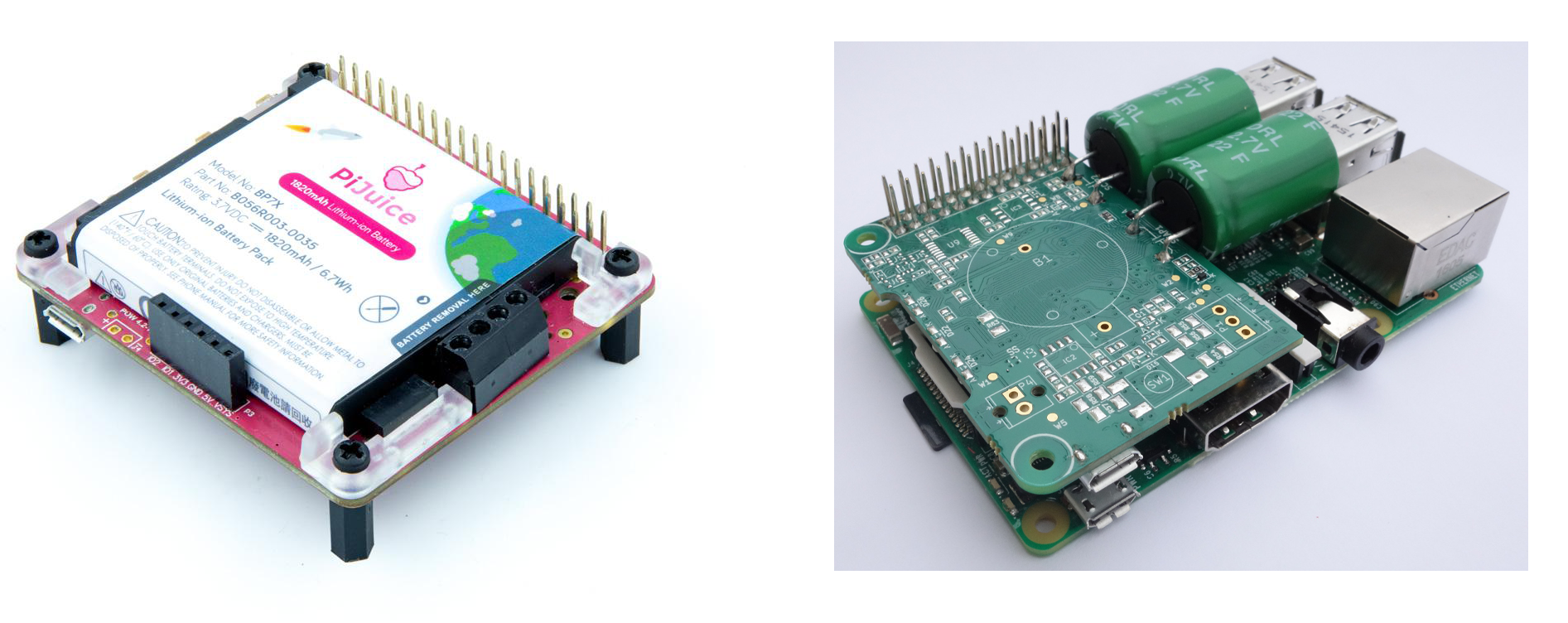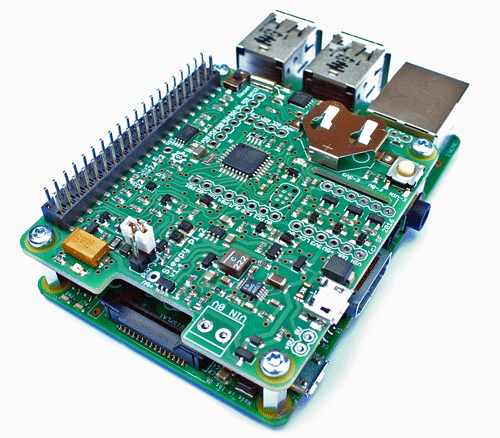Tying in a 3A dc-to-dc convertor to the ignition switched power is simple and works great. A manual transmission (especially when crawling over rocks) increases the risk of rebooting unexpectedly when the engine stalls and needs restarting. And while there are reports of corrupted SD cards due to reboots, mine seems to not care that it gets shut off and on and off and on.
I've explored a few different other options and here are my thoughts...
- Tapping into power not switched by the ignition and adding a power switch just for the PI is straightforward. Even if accidentally left on for a day or two, the RaspberryPi isn't likely to drain the battery completely. The battery, when it was installed, is rated at 40Ah; at 12 volts, that's 480 W. At maximum, the Pi consumes 2.5W (500mA @ 5V). Factoring a 50% margin as the battery ages, that's 4 days.
- Battery-based uninterruptible power supplies (UPS) like PiJuice seem to be cost effective solution for an in-car application. As are super capacitors (low leakage, high capacity) -- such as the Juice4Halt hat -- that allow the Pi to keep running for the few seconds needed between stall and restart or for a graceful shutdown. Either of these off-the-shelf versions seem reasonably priced enough to dissuade me from trying a roll your own solution.

- Similar to the above hats which run a microcontroller in low power mode to monitor the situation and decide whether to use battery backup or shutdown the Pi, there are some pretty easy software and/or hardware changes to use a standard arduino in this manner. Teensyduino are my favorite which has its own low power library but an off-the-shelf arduino uno/mega has a similar library. Add in some hardware modifications of disabling the power LED and replacing the onboard regulator with a low drop out (LDO) version can drop the power consumption even further. Tutorials can be found here or here. But, as above, there are some pre-built solutions that are hard to pass up since they are also reasonably priced and the hardware lifting has already been done; SleepyPi2 seems to be the best of this breed as it includes all the software utilities and solid documentation.

While it hasn't arrived yet, I went with the SleepyPi and will share my hands-on thoughts when it does.
Discussions
Become a Hackaday.io Member
Create an account to leave a comment. Already have an account? Log In.